Global Accessibility Awareness Day
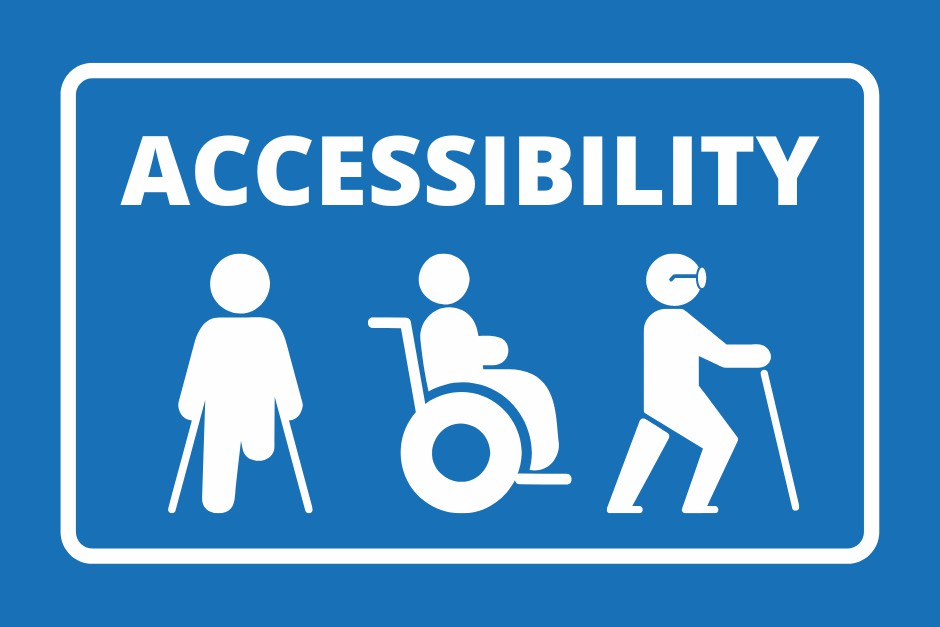 Global Accessibility Awareness Day (GAAD) is an annual event held on the third Thursday of May. Joe Devon, a web developer, and Jennison Asuncion, an accessibility specialist, established GAAD. They realized the need to raise awareness regarding digital accessibility and devised the notion of designating a day to do so.
Global Accessibility Awareness Day (GAAD) is an annual event held on the third Thursday of May. Joe Devon, a web developer, and Jennison Asuncion, an accessibility specialist, established GAAD. They realized the need to raise awareness regarding digital accessibility and devised the notion of designating a day to do so.
The inaugural GAAD was held on May 9, 2012. It began as a small-scale event in Los Angeles, California, but soon grew in popularity and participation from individuals all over the world. The popularity of the event led to yearly observances and a rise in attendance each year.
Its goal is to create awareness about the need for accessibility for people with visual impairments and disabilities. Global Accessibility Awareness Day promotes inclusive design and accessibility in a variety of contexts, including digital platforms, physical settings, and assistive technology.
One important aspect of GAAD is accessibility for visually impaired people. Accessibility measures are critical for those who are blind or have limited vision to fully participate in society. Incorporating visual aids and assistive technology that improve their sense of independence and access to information is part of this.
Various tactics and technologies are available to increase accessibility for visually impaired people. For example, advances in assistive technology have resulted in electronic video magnifiers for low vision people, which has greatly improved visual output. These gadgets have significantly improved assistive technology for 20/200 vision or other visual acuity issues.
Furthermore, it is critical to consider accessibility for the low vision at home. Navigation and safety can be improved by implementing changes such as tactile pavement, accessible signs, and suitable lighting. Incorporating voice-controlled assistants and smart home technology can also improve accessibility and convenience for people with visual impairments. Check how to make home more accessible for people with low vision: 6 Ways to Make Home More Accessible for People with Low Vision
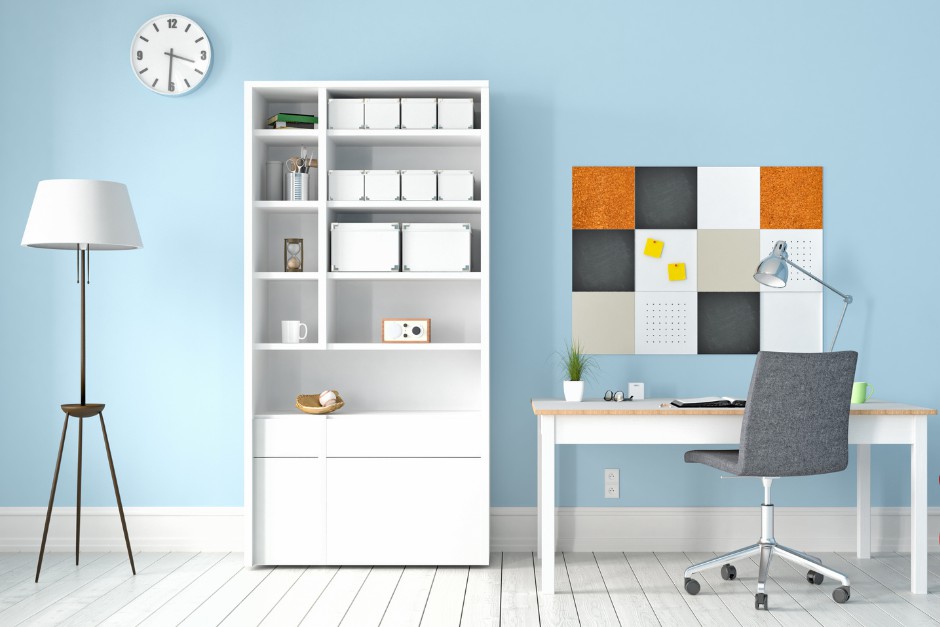
The low-vision community is critical in campaigning for the improvement of accessibility. They contribute to the creation of more inclusive settings and technology by sharing their experiences and demands. Organizations and individuals may collaborate on accessibility projects by engaging with the low-vision community.
Additionally, accessibility for disabled people, especially those who have visual loss, goes beyond physical spaces. It includes digital accessibility, such as building websites and apps that follow accessibility requirements. Among the best practices for digital accessibility are ensuring compatibility with screen readers, offering alternate text for images, and using high contrast colors.
Global Accessibility Awareness Day gives a chance to learn, exchange information, and interact with accessibility specialists and peers. Individuals and organizations who actively participate in GAAD help to create a more inclusive society in which people with visual impairments and disabilities are able to prosper.
Why Is It Important to Improve Accessibility for People with Visual Impairment?
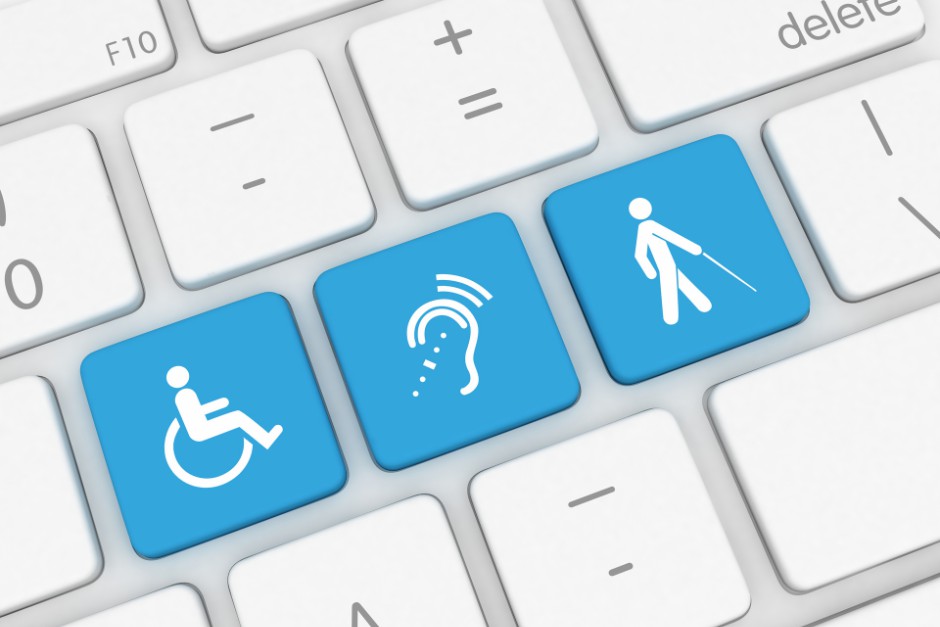 Technology is intended to make our lives simpler, whether we use it for work, education, or social purposes. Unfortunately, for people with visual impairment, this is not always the case. Internet connectivity is still required for persons with visual disabilities, and while some websites have made accessibility easier by including transcripts and captions, it is still the exception rather than the rule.
Technology is intended to make our lives simpler, whether we use it for work, education, or social purposes. Unfortunately, for people with visual impairment, this is not always the case. Internet connectivity is still required for persons with visual disabilities, and while some websites have made accessibility easier by including transcripts and captions, it is still the exception rather than the rule.
Private companies are not required to adhere to information technology accessibility requirements in the same way that federal organizations are. Everything from keyboard navigation to alternative text for pictures should be included in web accessibility, along with any other assistive technology required to make the experience simpler.
It’s simple to take for granted things like using technology and traveling to work and school without difficulty if you’re not visually impaired. That, however, is the issue. Active improvements will not be achieved unless more people are made aware of the difficulties that individuals with disabilities experience.
Here is why it is important to improve accessibility for people with visual impairment:
Bridging the Accessibility Gap
It is critical to improve accessibility for people with visual impairments in order to provide equitable access to knowledge, amenities, and opportunities. It is distressing, however, to realize that a major lack of accessibility exists, creating several challenges and inhibiting the full involvement and inclusion of people with visual impairments and the low vision community.
 One of the most significant issues that people with visual impairments encounter is a lack of information. Visually challenged people have difficulty reading printed documents, websites, and digital information if suitable accessibility measures are not included. This limitation limits their capacity to learn, educate themselves, and remain current on current events. By addressing these issues, we can close the accessibility gap and provide visually impaired people with the tools and resources they need to access and understand information on par with sighted people.
One of the most significant issues that people with visual impairments encounter is a lack of information. Visually challenged people have difficulty reading printed documents, websites, and digital information if suitable accessibility measures are not included. This limitation limits their capacity to learn, educate themselves, and remain current on current events. By addressing these issues, we can close the accessibility gap and provide visually impaired people with the tools and resources they need to access and understand information on par with sighted people.
Access to important services is hampered by a lack of accessibility, making daily chores difficult for those with visual impairments. Without proper accessibility features, navigating public transit, healthcare services, and social activities becomes difficult. By improving accessibility, we enable visually impaired people to participate and use services on their own, allowing them to live full lives.
Bridging the accessibility gap necessitates a shift in thinking as well as raising awareness about inclusion. We promote accessibility and push for required reforms by acknowledging the challenges encountered by people with visual impairments and working together with organizations, legislators, and communities. This opens the way for a more inclusive society in which the needs of visually impaired people are taken into account in design and execution.
Enhancing Lives
Improving accessibility improves the lives of people with visual impairments. We improve their access to school, employment, and social involvement by establishing accessible environments, promoting low vision aids, and leveraging assistive technology. This not only improves their general well-being, but also allows them to actively participate in society and follow their interests.
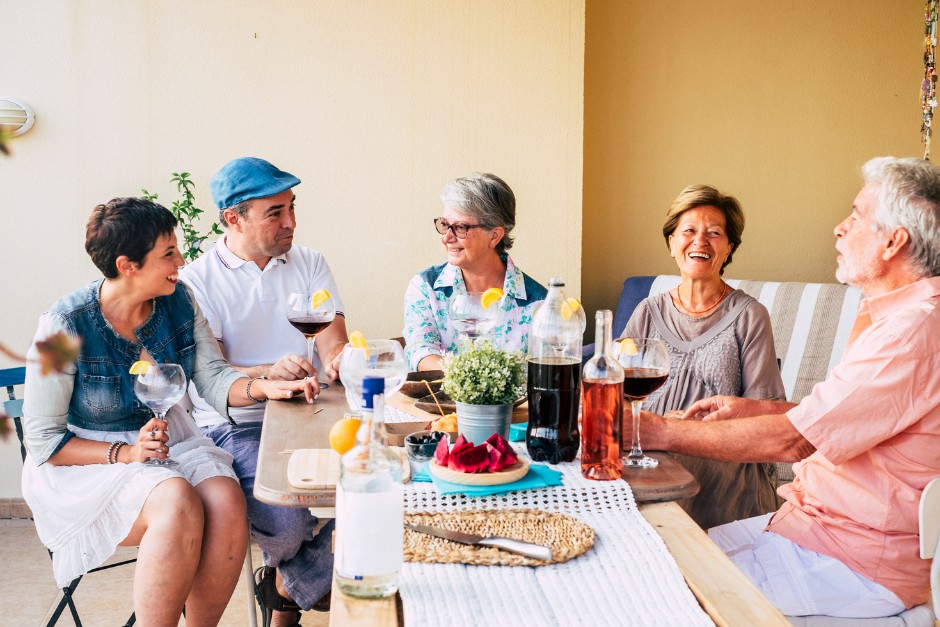
Fostering Independence
People with visual impairments benefit greatly from accessible surroundings and technology. We enable individuals to explore their environment freely by including elements such as adequate lighting, contrasting colors, tactile clues, and adaptable technology. This promotes autonomy, increases self-esteem, and promotes active engagement in all parts of life.
Common Accessibility Challenges and Solutions for People with Visual Impairment
Because the internet is a highly visual medium, visual impairments can pose substantial accessibility challenges. To use the internet, people with visual impairments need assistive technology such as screen readers, screen magnification tools, or refreshable braille displays. Here are some of the most common accessibility challenges and solutions that people with visual impairments face:
Internet accessibility
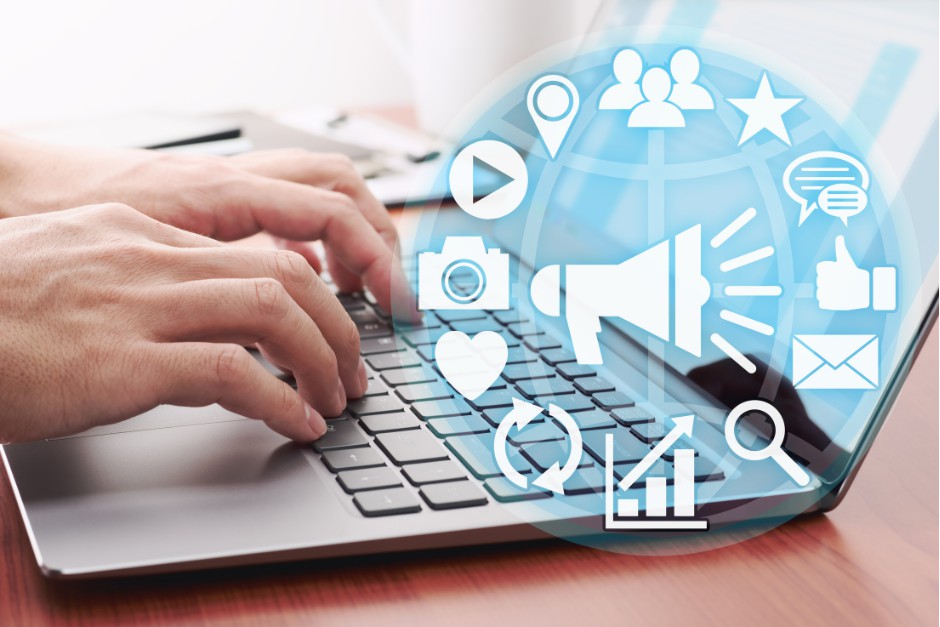 The internet plays an important part in our everyday lives, yet it can present difficulties for people with visual impairments. Many websites and digital platforms are not meant to be accessible. As a result, people with visual impairments face challenges in accessing information, communicating, and engaging in online activities. Websites should assure compatibility with screen readers, give alternate text for pictures, provide keyboard navigation alternatives, and maintain a clear and logical layout to promote accessibility for the blind and visually impaired. Observing Global Accessibility Awareness Day allows you to raise awareness about the significance of web accessibility and push for its improvement.
The internet plays an important part in our everyday lives, yet it can present difficulties for people with visual impairments. Many websites and digital platforms are not meant to be accessible. As a result, people with visual impairments face challenges in accessing information, communicating, and engaging in online activities. Websites should assure compatibility with screen readers, give alternate text for pictures, provide keyboard navigation alternatives, and maintain a clear and logical layout to promote accessibility for the blind and visually impaired. Observing Global Accessibility Awareness Day allows you to raise awareness about the significance of web accessibility and push for its improvement.
Accessibility at Home
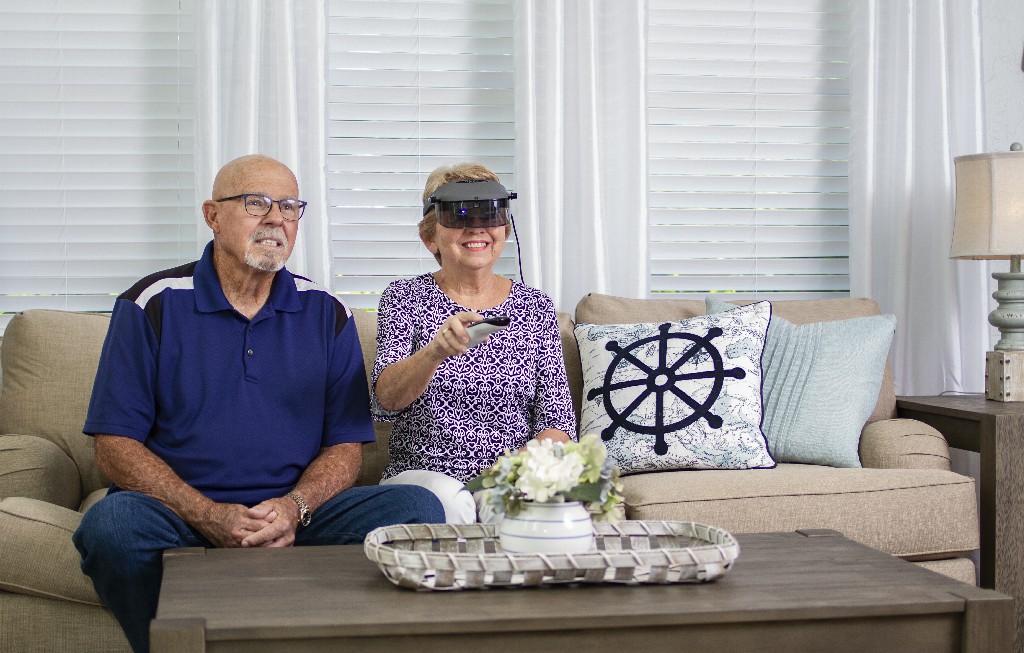 Establishing an accessible home environment is critical for people with visual impairments to live freely and safely. Wayfinding, organizing, and everyday duties may provide difficulties. Improving accessibility for visually impaired persons at home entails employing sufficient lighting, color contrasts to improve visibility, tactile marks for appliances and objects, and organizing areas logically and consistently. Aided technology, such as electronic video magnifiers for impaired vision, can also improve accessibility by offering magnification and contrast characteristics to help with reading and job completion.
Establishing an accessible home environment is critical for people with visual impairments to live freely and safely. Wayfinding, organizing, and everyday duties may provide difficulties. Improving accessibility for visually impaired persons at home entails employing sufficient lighting, color contrasts to improve visibility, tactile marks for appliances and objects, and organizing areas logically and consistently. Aided technology, such as electronic video magnifiers for impaired vision, can also improve accessibility by offering magnification and contrast characteristics to help with reading and job completion.
Accessibility in Public Spaces
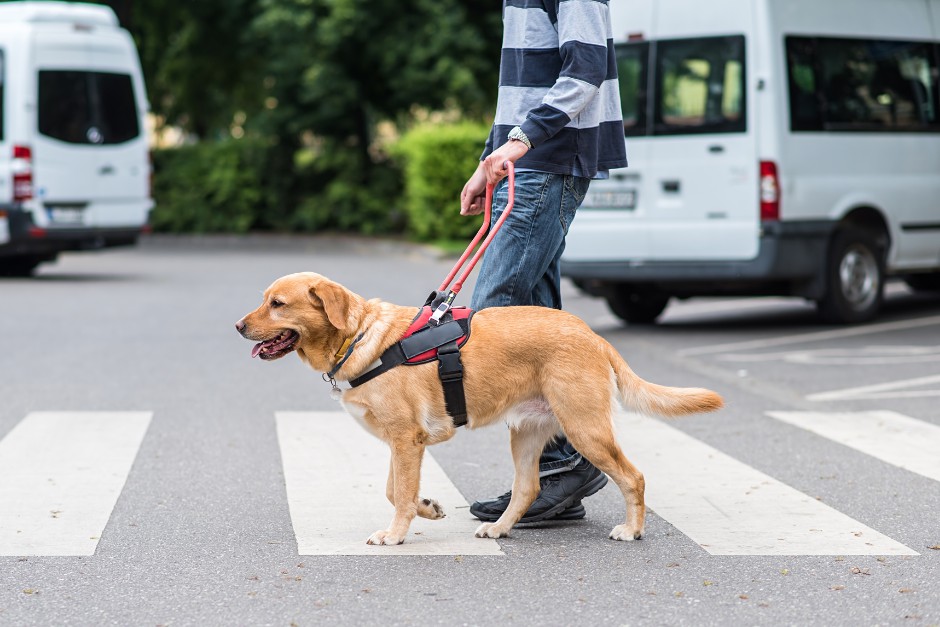 Physical and informational barriers can make it difficult for people with vision impairments to navigate public settings. Their movement and freedom are limited due to a lack of tactile clues, imprecise signage, poorly constructed paths, and inaccessible transit systems. To improve accessibility for the blind and visually impaired in public settings, methods such as tactile pavement, audio information systems, braille signs, and inclusive design principles must be implemented. We create an inclusive atmosphere that helps not only those with visual impairments, but the whole community, by making public areas more accessible.
Physical and informational barriers can make it difficult for people with vision impairments to navigate public settings. Their movement and freedom are limited due to a lack of tactile clues, imprecise signage, poorly constructed paths, and inaccessible transit systems. To improve accessibility for the blind and visually impaired in public settings, methods such as tactile pavement, audio information systems, braille signs, and inclusive design principles must be implemented. We create an inclusive atmosphere that helps not only those with visual impairments, but the whole community, by making public areas more accessible.
Government Resources
 Governments can make a significant difference in enhancing accessibility for people with visual impairments. They have the authority to provide resources, enforce accessibility requirements, and create policies that encourage inclusion. Governments may significantly improve the lives of people with visual impairments by making investments in accessible infrastructure, offering assistance for assistive technology, and making sure that government websites and digital platforms are inclusive. Interaction between governments, organizations, and the low vision community is critical for advocating for and improving accessibility for persons with disabilities and vision loss. For instance, the National Federation of the Blind and Lighthouse Guild in America, Vision Australia in Australia, and RNIB in the UK.
Governments can make a significant difference in enhancing accessibility for people with visual impairments. They have the authority to provide resources, enforce accessibility requirements, and create policies that encourage inclusion. Governments may significantly improve the lives of people with visual impairments by making investments in accessible infrastructure, offering assistance for assistive technology, and making sure that government websites and digital platforms are inclusive. Interaction between governments, organizations, and the low vision community is critical for advocating for and improving accessibility for persons with disabilities and vision loss. For instance, the National Federation of the Blind and Lighthouse Guild in America, Vision Australia in Australia, and RNIB in the UK.
Assistive Technology (Low Vision Aids)
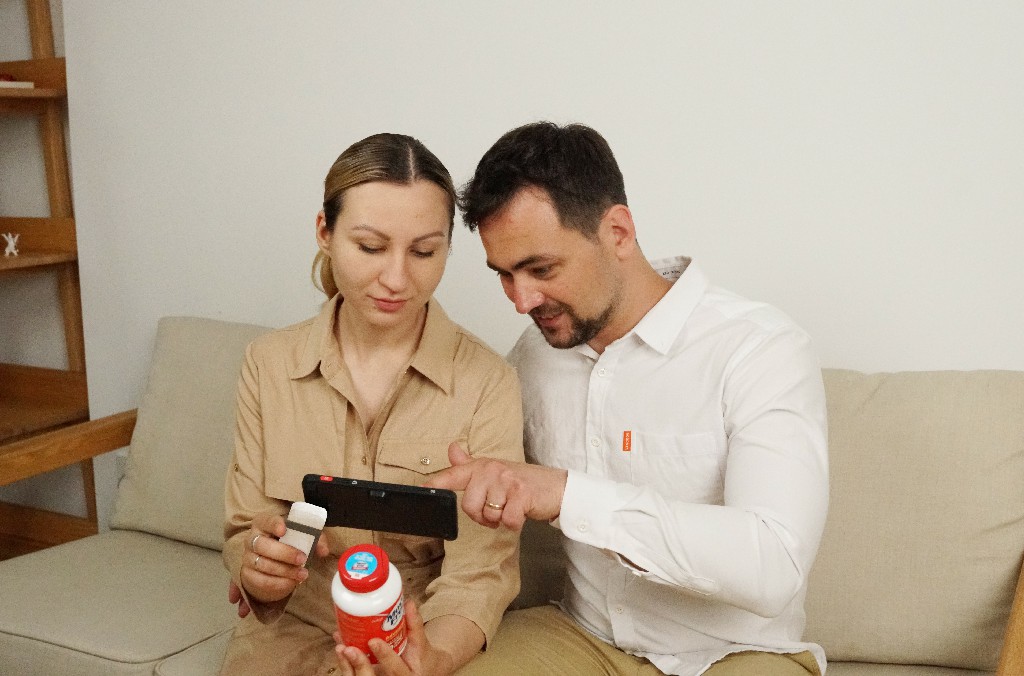 Assistive technology is critical in increasing accessibility for people with visual impairments. Low vision aids, such as electronic video magnifiers, can assist people with low vision read, identifying faces, and interacting with their surroundings by improving visual acuity. These technologies offer adjustable magnification, contrast enhancement, and other characteristics that are suited to the individual needs of those who have lost their eyesight. Accepting and supporting the use of assistive technology, especially assistive technology for 20/200 vision, enables people with visual impairments to overcome obstacles and engage more fully in daily activities. To know more specifically what a video magnifier is, check: What is an Electronic Magnifier/Video Magnifier? (infographic). And if you are interested in how to choose the right digital magnifier to meet your needs, here you can find the methods: How to choose the right low vision reading device?
Assistive technology is critical in increasing accessibility for people with visual impairments. Low vision aids, such as electronic video magnifiers, can assist people with low vision read, identifying faces, and interacting with their surroundings by improving visual acuity. These technologies offer adjustable magnification, contrast enhancement, and other characteristics that are suited to the individual needs of those who have lost their eyesight. Accepting and supporting the use of assistive technology, especially assistive technology for 20/200 vision, enables people with visual impairments to overcome obstacles and engage more fully in daily activities. To know more specifically what a video magnifier is, check: What is an Electronic Magnifier/Video Magnifier? (infographic). And if you are interested in how to choose the right digital magnifier to meet your needs, here you can find the methods: How to choose the right low vision reading device?
Increasing accessibility for people with visual impairments is a never-ending road toward a more inclusive society. We empower people with visual impairments to live independent and productive lives by acknowledging their limitations, fighting for digital accessibility, encouraging inclusive settings, and using the potential of assistive technology and low vision devices. We should work together to create a society that values accessibility and provides equal opportunity for all people, regardless of visual ability.
References:
https://www.daysoftheyear.com/days/global-accessibility-awareness-day/
https://www.inclusivecitymaker.com/accessibility-customers-vision-disabilities-public-venues/

